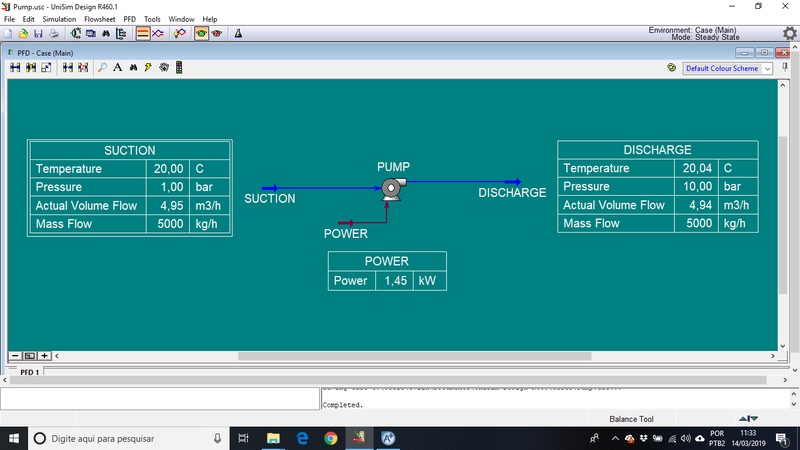

However, it is in phase 3 that the production challenges begin to show their head, as before phase 3 everything is developed in a lab. Testing during the first phases are usually less challenging, involving research, animal testing and limited-size human testing.

Jerome Kim, Director General of the International Vaccine Institute (IVI), “if you asked GSK or Merck, they would tell you it costs $500 million for an easy vaccine, and $1 billion to $2 billion for a difficult vaccine”. It can often take between 5 to 10 years and according to Dr. The process to develop a vaccine is a process that is often long and very expensive. In this article we’ll use the example of the development of a vaccine, which is very important in these times, to see what are the typical challenges that occur during the different phases.Ĭhemical Process Simulation: From Phase 2 to Phase 3 In the chemical and pharmaceutical fields, Scaling Up often provides many tough challenges due to the many complicated processes involve that are often difficult to identify and of course difficult to solve which causes many delays.Īt the end of the day, I think most would agree that it all comes down to the mixing process. Rather than considering the material families, it can also be beneficial to look at problems that this has seen success in such as screening for a band gap, mapping a phase diagram, or reducing your computational load.Avoid the Most Common Challenges During The Chemical Process Simulation Processes. That is not to say we will not see increasing results and adoption elsewhere, there are some early wins in metal alloys, heterogeneous catalysts, superconductors, and many more. IDTechEx have reported on these case studies and believe that given the status of the technology the most promising fields are in thin film materials and liquid formulations, the latter is certainly where most of the commercial activity is seen in polymers, coatings, lubricants, and electrolytes. Now, this is always challenging to prove, and despite claims from early adopters of rapidly reduced research hours and expenditures a genuine side-by-side comparison is practically never seen. The other key question that arises is where are the demonstrated success stories that have shown a clear value-add.
Chemical process simulation software popular full#
Many of these companies have been highlighted throughout the article and a full comprehensive list is available in the market report, but a more recent trend has been in companies more focussed on specific applications such as Matmerize and Polymerize (for polymers) and Aionics (for battery electrolytes). Lots of end-users are looking to build these capabilities in-house and there are even external companies, such as Enthought, looking to support this training. As seen, this is an attractive place for young companies not only is there plenty of interest in AI but rather than requiring considerable funds and taking 10+ years to generate any notable revenue to bring a new material to market, just a small amount of computing power and a start-up can start bringing in consulting revenue overnight or progress towards a MI subscription platform.

There are numerous strategic approaches to end-users and a range of business models being deployed by external providers, each with their respective strengths and weaknesses. Many will read this article and think this is great, but how will they get involved.


 0 kommentar(er)
0 kommentar(er)
